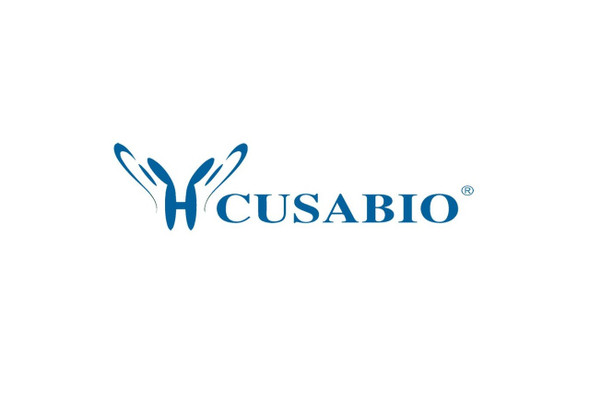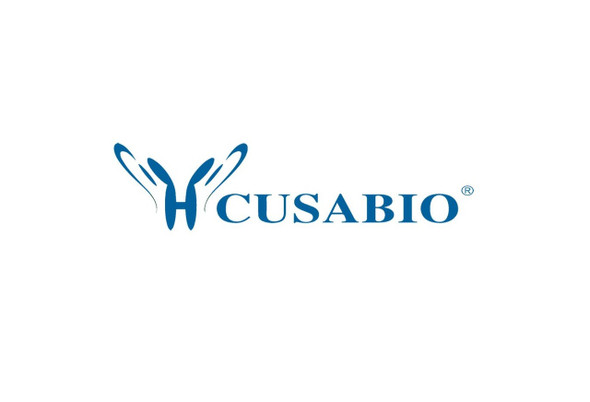Cusabio Human Recombinants
Recombinant Human HLA class II histocompatibility antigen, DQ beta 1 chain (HLA-DQB1), partial | CSB-EP355782HU
- SKU:
- CSB-EP355782HU
- Availability:
- 3 - 7 Working Days
Description
Recombinant Human HLA class II histocompatibility antigen, DQ beta 1 chain (HLA-DQB1), partial | CSB-EP355782HU | Cusabio
Alternative Name(s): CELIAC1; DQ beta 1 chain; DQB1_HUMAN; HLA class II histocompatibility antigen; HLA class II histocompatibility antigen; DQ beta 1 chain; HLA class II histocompatibility antigen; DQ beta 2 chain; HLA DQB; HLA DQB1; HLA-DQB1; HLA-DQB2; IDDM1; Lymphocyte antigen; Major histocompatibility complex class II beta; Major histocompatibility complex; class II; DQ beta 1; MHC class II antigen DQB1; MHC class II antigen HLA DQ beta 1; MHC class II DQ beta chain; MHC class II HLA DQ beta glycoprotein; MHC class2 antigen; MHC DQ beta; OTTHUMP00000029167; OTTHUMP00000178569; OTTHUMP00000178570; OTTHUMP00000178571
Gene Names: HLA-DQB1
Research Areas: Immunology
Organism: Homo sapiens (Human)
AA Sequence: RDSPEDFVYQFKAMCYFTNGTERVRYVTRYIYNREEYARFDSDVEVYRAVTPLGPPDAEYWNSQKEVLERTRAELDTVCRHNYQLELRTTLQRRVEPTVTISPSRTEALNHHNLLVCSVTDFYPAQIKVRWFRNDQEETTGVVSTPLIRNGDWTFQILVMLEMTPQHGDVYTCHVEHPSLQNPITVEWRAQSESA
Source: E.coli
Tag Info: N-terminal 6xHis-tagged
Expression Region: 33-227aa
Sequence Info: Partial
MW: 27 kDa
Purity: Greater than 85% as determined by SDS-PAGE.
Relevance:
Reference: Ancient haplotypes of the HLA Class II region.Raymond C.K., Kas A., Paddock M., Qiu R., Zhou Y., Subramanian S., Chang J., Palmieri A., Haugen E., Kaul R., Olson M.V.Genome Res. 15:1250-1257(2005)
Storage: The shelf life is related to many factors, storage state, buffer ingredients, storage temperature and the stability of the protein itself. Generally, the shelf life of liquid form is 6 months at -20?/-80?. The shelf life of lyophilized form is 12 months at -20?/-80?.
Notes: Repeated freezing and thawing is not recommended. Store working aliquots at 4? for up to one week.
Function: Binds peptides derived from antigens that access the endocytic route of antigen presenting cells (APC) and presents them on the cell surface for recognition by the CD4 T-cells. The peptide binding cleft accommodates peptides of 10-30 residues. The peptides presented by MHC class II molecules are generated mostly by degradation of proteins that access the endocytic route, where they are processed by lysosomal proteases and other hydrolases. Exogenous antigens that have been endocytosed by the APC are thus readily available for presentation via MHC II molecules, and for this reason this antigen presentation pathway is usually referred to as exogenous. As membrane proteins on their way to degradation in lysosomes as part of their normal turn-over are also contained in the endosomal/lysosomal compartments, exogenous antigens must compete with those derived from endogenous components. Autophagy is also a source of endogenous peptides, autophagosomes constitutively fuse with MHC class II loading compartments. In addition to APCs, other cells of the gastrointestinal tract, such as epithelial cells, express MHC class II molecules and CD74 and act as APCs, which is an unusual trait of the GI tract. To produce a MHC class II molecule that presents an antigen, three MHC class II molecules (heterodimers of an alpha and a beta chain) associate with a CD74 trimer in the ER to form a heterononamer. Soon after the entry of this complex into the endosomal/lysosomal system where antigen processing occurs, CD74 undergoes a sequential degradation by various proteases, including CTSS and CTSL, leaving a small fragment termed CLIP (class-II-associated invariant chain peptide). The removal of CLIP is facilitated by HLA-DM via direct binding to the alpha-beta-CLIP complex so that CLIP is released. HLA-DM stabilizes MHC class II molecules until primary high affinity antigenic peptides are bound. The MHC II molecule bound to a peptide is then transported to the cell membrane surface. In B-cells, the interaction between HLA-DM and MHC class II molecules is regulated by HLA-DO. Primary dendritic cells (DCs) also to express HLA-DO. Lysosomal microenvironment has been implicated in the regulation of antigen loading into MHC II molecules, increased acidification produces increased proteolysis and efficient peptide loading.
Involvement in disease:
Subcellular Location: Cell membrane, Single-pass type I membrane protein, Endoplasmic reticulum membrane, Single-pass type I membrane protein, Golgi apparatus, trans-Golgi network membrane, Single-pass type I membrane protein, Endosome membrane, Single-pass type I membrane protein, Lysosome membrane, Single-pass type I membrane protein
Protein Families: MHC class II family
Tissue Specificity:
Paythway: Antigenprocessingandpresentation
Form: Liquid or Lyophilized powder
Buffer: If the delivery form is liquid, the default storage buffer is Tris/PBS-based buffer, 5%-50% glycerol. If the delivery form is lyophilized powder, the buffer before lyophilization is Tris/PBS-based buffer, 6% Trehalose, pH 8.0.
Reconstitution: We recommend that this vial be briefly centrifuged prior to opening to bring the contents to the bottom. Please reconstitute protein in deionized sterile water to a concentration of 0.1-1.0 mg/mL.We recommend to add 5-50% of glycerol (final concentration) and aliquot for long-term storage at -20?/-80?. Our default final concentration of glycerol is 50%. Customers could use it as reference.
Uniprot ID: P01920
HGNC Database Link: HGNC
UniGene Database Link: UniGene
KEGG Database Link: KEGG
STRING Database Link: N/A
OMIM Database Link: OMIM









